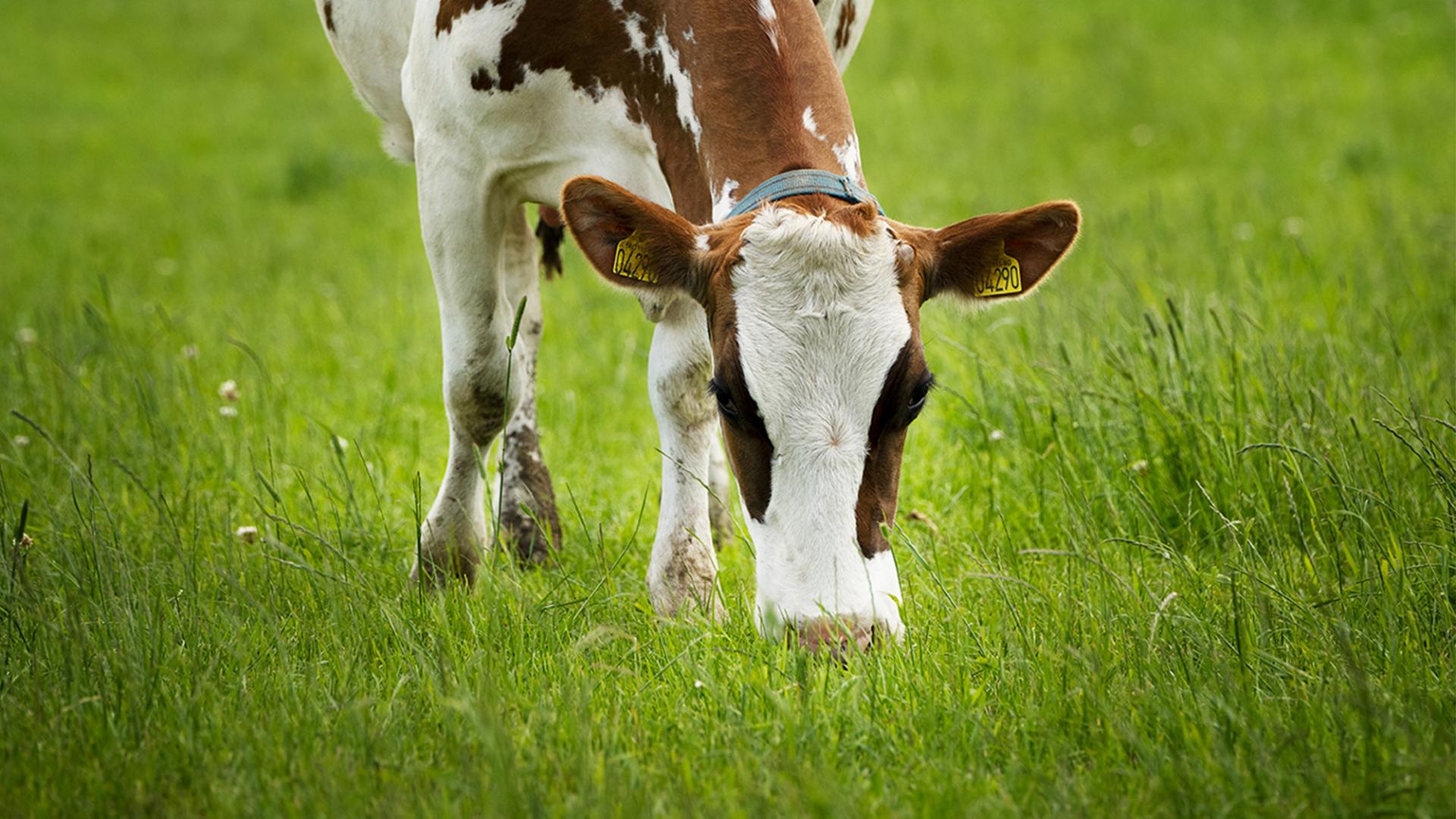Be ready for the next dry spring with drought-tolerant forage grasses
Climate change has brought drought-resistance to the fore. To counter the loss of yields that result from more frequent spring and summer droughts we’ve been working to develop forage products, such as Ryegrass PLUS and Tall fescue PLUS, that will keep herds fed during periods of drought.

Deeper roots support stronger shoot growth
Grasses are not like other plants. Most trees and plants form new shoots somewhere high up in the plant; grass develops new shoots close to the roots. Grasses are unique in producing new growth from ground level. This is why grasses can be harvested or grazed multiple times a year, and still have enough energy for excellent regrowth for many years to come.
New growth does, however, depend on a good supporting root system. For example, new growth after a spring or summer drought will be stronger from a grass variety with strong root performance or above-ground drought-coping mechanisms. This post-drought regrowth has a positive knock-on effect on yields across the entire season. It also reduces the headaches associated with finding additional feed to cater for drought-related damage.
Northern European forage grasses do not cope well with drought
Grass species bred for Northern European conditions are not adapted for periods of drought because drought has never been a serious problem. But climate change has altered rainfall patterns. From now on we should assume that spring drought will occur with increasing frequency.
To cope with spring droughts, root performance is key. While a summer drought will typically leave the soil empty for water, there will often still be water available in the deeper soil layers during a spring drought. With strong, deep roots, plants can reach into deeper soil layers where water is still available. This is a topic that our R&D teams have been working on in conjunction with research at the RadiMax facility. As a result we now know a lot more about grass-root architecture. We have the insights to help secure forage production during periods of drought.
Beat drought with Ryegrass PLUS and Tall fescue PLUS
Each grass specie has its own drought-survival mechanisms. During a spring drought, the plant’s primary need is continued access to water. Some grass species cope by growing deeper roots to find water that’s still available in deeper soil layers. Grasses that have this deep root-mass are better at maintaining reliable and consistent forage production. They give farmers more efficient nutrient uptake and also better carbon sequestration and improved soil structure.
Our two festulolium types, Ryegrass PLUS and Tall fescue PLUS, are excellent choices for drought survival. Ryegrass PLUS exhibits the same quick root growth as ryegrass, but has a deeper root mass, which makes it more drought-tolerant. Tall fescue PLUS has the same generous root mass as tall fescue, but provides better forage quality during spring and summer. By choosing the right varieties for your forage mix, you create a product that maintains good yields throughout a drought-prone year.
Click here to find out more about Ryegrass PLUS, Tall fescue PLUS and DLF’s programme of developing drought-tolerant forage grasses or speak to your local DLF representative.